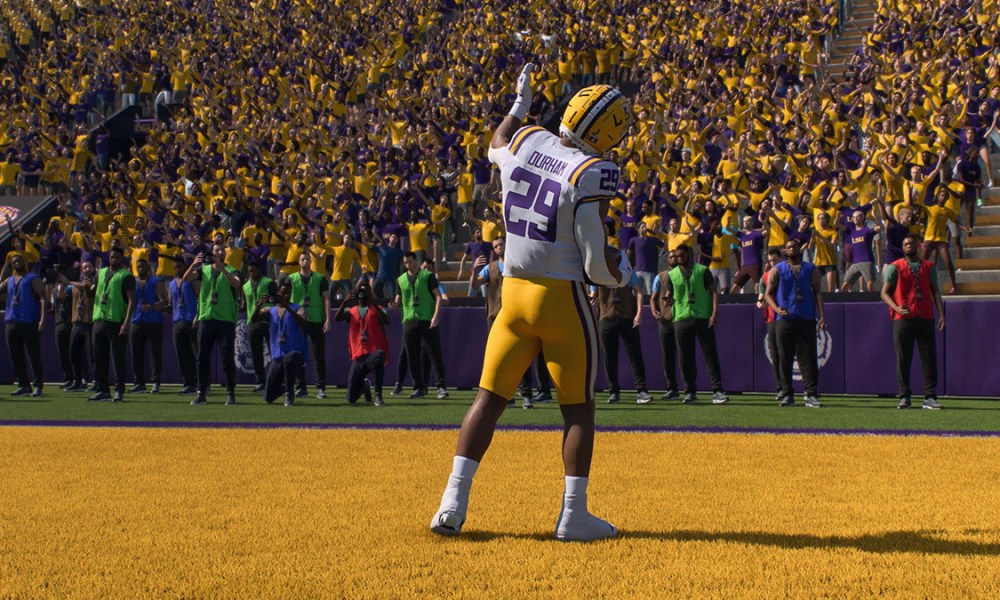
Image by Operation Sports
Sorry EA, but these are a mess.
College Football 26 has introduced a plethora of new features, including gameplay dealbreakers. But unlike simpler features like manual progression, playing style dealbreakers have left players stumped. There’s a lot of animosity around this feature currently because of the lack of explanation and transparency on how this system works. But what exactly are playing style dealbreakers, and how do they work? That’s something we’re breaking down today.
What Are Playing Style Dealbreakers?

If you’ve been playing Dynasty Mode, chances are you came across a player with a playing style dealbreaker on his info page. This mechanic basically means that your program is weak in the player’s playstyle, reducing their interest in you. This can cause a lot of players to block you out of the transfer window.
This doesn’t just apply to new recruits, though; it can also apply to existing players on your roster. If your grade drops in the playstyle they prefer, they will start wanting to transfer out to a different program. An example of this is WRs wanting a good grade in Receptions from the program. If your program has a low grade, such as C, D, or F, in receptions, the player will stay as far as possible from your program.
How Are Playing Style Grades Calculated?
The major controversy surrounding playing style dealbreakers is how the grades are calculated for the teams. This issue was recently highlighted in the Operation Sports Forums, where players complained about the mechanic being broken. And indeed, the grades don’t work the way they’re supposed to.
Now, the reason this mechanic is so weird is that the playing style grades aren’t calculated based on offensive/defensive stats as a whole, but rather, they are position-based. This means that all your players for that position need to have a good average for your grade to go up. A good example is if a WR prefers a team with high Receptions, your receptions should come from your WRs majority of the time.
If any other role is completing these stats, they will tank your grade. The grade is calculated compared to the athletes of a particular role in a different program. So if you want that grade to go up, you’ll need to impress the recruits throughout the board.
However, the stats they expect from you to impress them are completely absurd. From holding opponents to 39 passing yards per game to throwing for over 368 passing yards, their expectations are way too high. Christian goes more into detail about this, so if you’re interested in knowing more about the absurdity of this mechanic, I’d recommend checking his piece out.
The Influence Of Other Factors On Playing Style Grades
As I mentioned, the main problem with this mechanic is the criteria for calculation. Many users also complained that during simulated games, you’ll have reduced plays, meaning reduced stats. When the game compares those stats to other AI programs, the former usually falls behind. This causes a big dip in the grades, leading to reduced transfers.
Bye weeks also seem to have a large impact on interest and playing style dealbreakers. If you’re on the interest board for a recruit, a bye week could seriously harm your chances. On top of that, if the bye week further decreases playing style grades, it could be a major problem to get anyone on board.
The main takeaway is that while the mechanic is broken, you might still be able to salvage some recruits by focusing on a particular role rather than the entire offense/defense or a singular player. Since it looks at all the players from that role and compares them to other programs, having a strong team overall is more important now than ever.



Published: Aug 1, 2025 01:05 pm